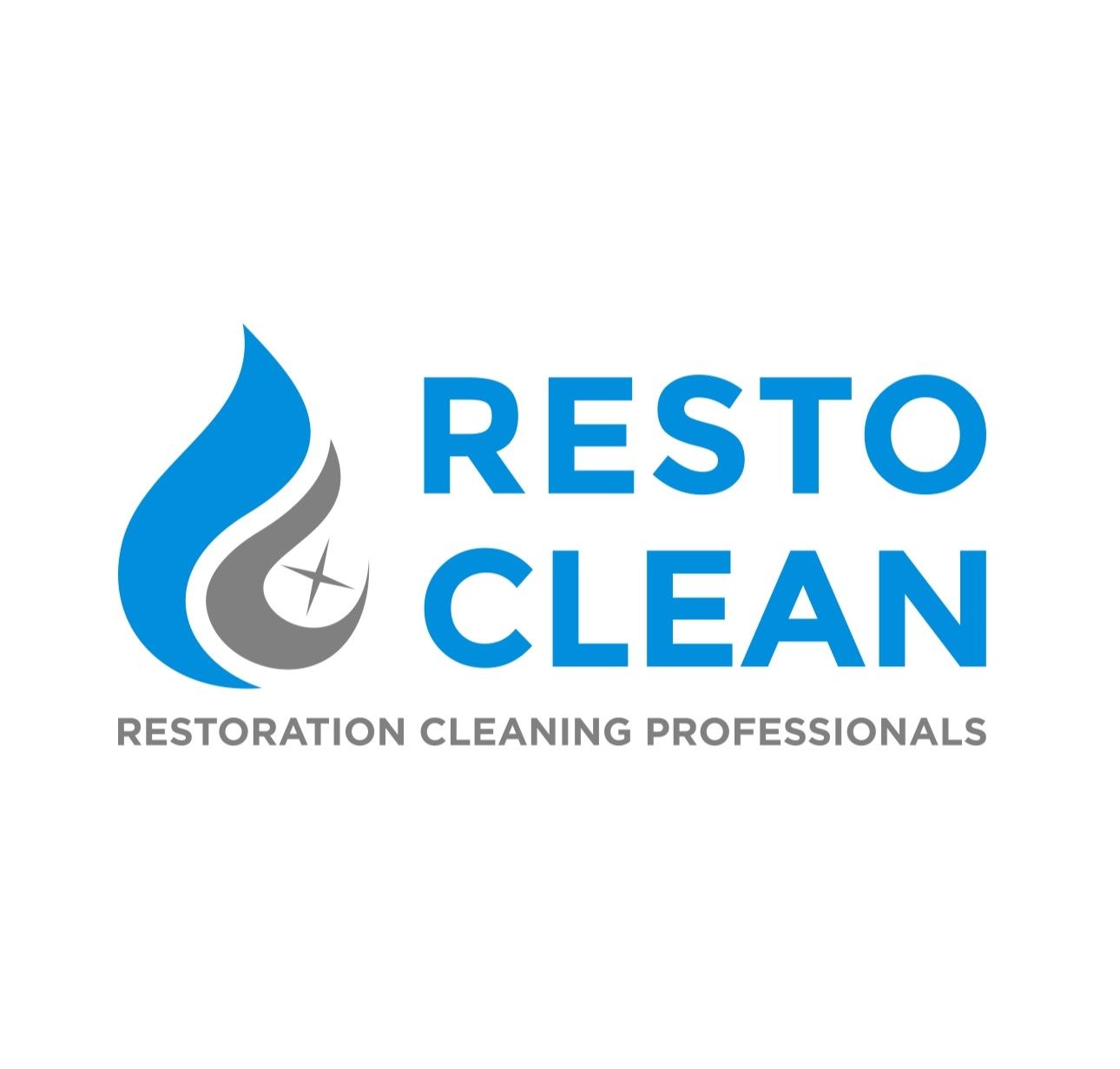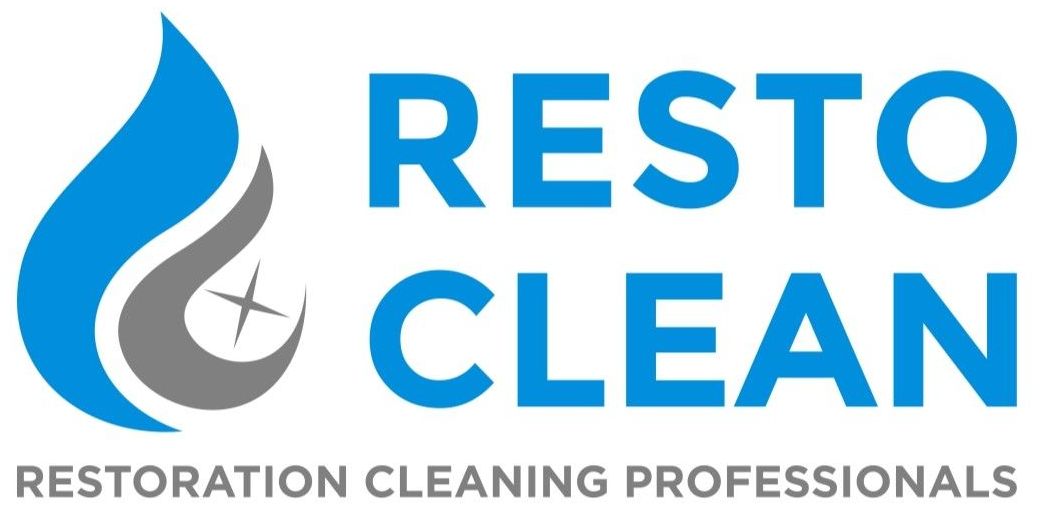Get in touch
555-555-5555
mymail@mailservice.com
Blog

By Daisy Wick
•
January 15, 2024
Mold growth is a common issue that can plague homes in Eagle, Idaho. With its humid climate and occasional water-related incidents, addressing mold promptly is crucial to prevent health risks and property damage. While DIY efforts may be tempting, enlisting the services of professional mold removal experts in Eagle offers a host of benefits that ensure thorough, safe, and effective removal. In this blog, we'll explore why opting for professional mold removal in Eagle is a wise decision for homeowners. The Complex Nature of Mold Infestations: Mold growth is often more intricate than meets the eye. Mold can lurk behind walls, in ventilation systems, and under floors, making it challenging to fully eradicate without the right tools and techniques. Professional mold removal experts in Eagle possess the experience and equipment to locate hidden mold sources and ensure comprehensive removal. Precise Assessment and Tailored Solutions: Certified mold removal professionals don't employ a one-size-fits-all approach. They begin the process with a thorough assessment of the mold infestation's extent and the underlying causes. This evaluation allows them to devise a customized removal plan that addresses your specific situation, ensuring a higher likelihood of successful eradication. Safety First: Expert Handling and Protective Measures: Mold removal involves the disturbance of mold spores, which can become airborne and potentially cause health issues. Professionals in Eagle follow strict safety protocols, including wearing protective gear and utilizing specialized equipment to prevent cross-contamination and minimize exposure to spores. This approach ensures the safety of both occupants and the removal team. Preventive Measures and Long-Term Solutions: Simply removing visible mold is not enough; addressing the root causes of mold growth is essential to prevent its return. Professional mold removal in Eagle includes identifying and rectifying moisture sources, improving ventilation, and recommending preventive measures. This proactive approach reduces the likelihood of future mold infestations. Preservation of Property Value: Mold growth can compromise the structural integrity of your property and lower its value. By opting for professional mold removal, you're safeguarding your investment and maintaining the worth of your home. In case you decide to sell, a mold-free home ensures a more attractive and valuable property. Peace of Mind and Restoration of Comfort: Living in a mold-free environment provides peace of mind and restores comfort to your home. With professional mold removal, you can enjoy your living space without worrying about the health risks and property damage associated with mold growth. Conclusion: When it comes to mold removal in Eagle, the advantages of hiring professionals far outweigh the risks of DIY attempts. From thorough assessment and tailored solutions to safety measures and long-term prevention, certified mold removal experts ensure a successful, safe, and efficient removal process. Don't compromise your health and your home – entrust the expertise of professionals in Eagle to tackle mold infestations and create a healthier, mold-free living environment.

By Daisy Wick
•
November 2, 2023
A fire is a devastating event that can leave behind not only physical damage but also emotional scars. When the flames are finally extinguished, the road to recovery begins. It's essential to understand the importance of professional fire damage restoration and learn about effective ways to prevent such disasters in the first place. Why Professional Fire Damage Restoration Matters When a fire engulfs your home, the aftermath can be overwhelming. The consequences go beyond charred walls and burnt belongings; there are hidden dangers that only professionals can manage effectively: Safety: Fire-damaged structures can be unstable, posing a significant risk to anyone attempting to enter. Professional restoration teams are equipped to assess the structural integrity and ensure it's safe to enter the premises. Smoke and Soot: Smoke and soot damage extends far beyond the visible areas. They can penetrate walls, HVAC systems, and even ductwork. Professionals have the tools and expertise to thoroughly clean and deodorize affected areas. Water Damage: Often, firefighting efforts involve significant water usage. This can lead to water damage, mold growth, and further structural issues. Restoration experts can mitigate water damage and prevent mold infestations. Content Restoration: Fire-damaged personal belongings often carry immense sentimental value. Professional restoration services can salvage, clean, and restore items that might otherwise be lost forever. Insurance Claims: Dealing with insurance after a fire can be complex. Restoration professionals can document the damage, provide accurate estimates, and communicate with insurance adjusters to streamline the claims process. Thorough Cleanup: Fire damage is not limited to what's visible. Professionals ensure that hidden hazards and toxins, like asbestos or lead, are properly managed during the restoration process. Preventing Fire Damage: Safety First While professional fire damage restoration is vital after a fire, preventing a fire in the first place is even more crucial. Here are some key steps to minimize the risk of fire: Install Smoke Alarms: Ensure you have working smoke alarms on every level of your home and inside each bedroom. Regularly check and replace batteries. Fire Extinguishers: Place fire extinguishers in key areas like the kitchen, garage, and near heating appliances. Know how to use them. Electrical Safety: Regularly inspect electrical wiring and appliances for signs of wear or damage. Avoid overloading circuits and extension cords. Safe Cooking Practices: Stay vigilant in the kitchen while cooking. Keep flammable materials away from the stove and turn off appliances when not in use. Heating Safety: Maintain heating systems, fireplaces, and chimneys. Keep space heaters at a safe distance from flammable materials. Candle Caution: Use candles with care, keeping them away from curtains and other flammable objects. Smoking Safety: If you smoke, do so outdoors. Use deep, sturdy ashtrays, and ensure cigarettes are fully extinguished. Escape Plan: Develop and practice a fire escape plan with your family. Ensure all members know multiple ways to exit the home. Fire damage can be catastrophic, but with prevention and professional restoration, you can move forward and rebuild your life after a fire. Safety awareness and preparation are your best allies in reducing the risk of such a devastating event.

By Daisy Wick
•
September 11, 2023
Discovering mold damage in your attic can be a worrisome situation. Whether it's caused by a roof leak, poor ventilation, or elevated humidity levels, mold in your attic needs immediate attention to prevent further issues. In this blog post, we'll walk you through the critical steps to effectively handle mold damage in your attic as soon as you become aware of it. 1. Safety First Before you enter your attic to address mold damage, prioritize safety. Ensure that the area is safe to access and well-ventilated to minimize your exposure to mold spores. Wearing appropriate protective gear, including a mask and gloves, is advisable, especially if you have allergies or respiratory conditions. 2. Identify and Address the Source Identify the source of moisture or humidity that led to mold growth in your attic. It could be a damaged roof, inadequate ventilation, or poor insulation. Addressing the underlying cause is essential to prevent mold from recurring. 3. Document the Damage Before you start the cleanup process, thoroughly document the mold damage in your attic. Take clear photographs or videos of the affected areas, as this documentation may be required for insurance claims or when seeking professional assistance. 4. Ventilate the Attic Improve ventilation in your attic to reduce humidity and discourage future mold growth. Install roof vents, soffit vents, or attic fans to ensure proper air circulation. Monitoring and controlling humidity levels is crucial in maintaining a mold-free environment. 5. Remove Mold-Infested Materials Inspect your attic for mold-infested materials, such as insulation, wood, or drywall. In severe cases, these materials may need to be removed and replaced. Dispose of the contaminated materials properly to prevent further contamination. 6. Clean and Disinfect Clean and disinfect the affected areas using specialized mold-cleaning products. Thoroughly scrub walls, rafters, sheathing, and any surfaces with visible mold growth. Follow safety guidelines and wear protective gear during the cleaning process. 7. Inspect Roof and Seal Leaks Inspect your roof for damage and address any leaks or issues promptly. Ensure that your attic remains dry to prevent future mold problems. Repair or replace damaged roofing materials as needed. 8. Assess Structural Integrity Examine the structural integrity of your attic, including rafters and trusses, for any signs of mold-related damage. Address any structural issues promptly to maintain the stability of your home's framework. 9. Professional Evaluation For extensive mold damage in your attic, or if you're uncertain about the extent of the problem, consider seeking professional evaluation and remediation services. Mold remediation experts have the knowledge and equipment to safely and effectively address severe mold infestations. 10. Prevent Future Mold Growth Implement preventive measures to reduce the risk of future mold growth in your attic. Regularly inspect and maintain your roof, ensure proper ventilation, and monitor humidity levels to keep your attic dry and mold-free. In conclusion, mold damage in your attic requires immediate action to prevent further damage to your home and maintain a healthy indoor environment. By following these steps and involving professionals when necessary, you can effectively manage mold damage in your attic. Always prioritize safety, and consider professional assistance for extensive mold remediation in your attic.

